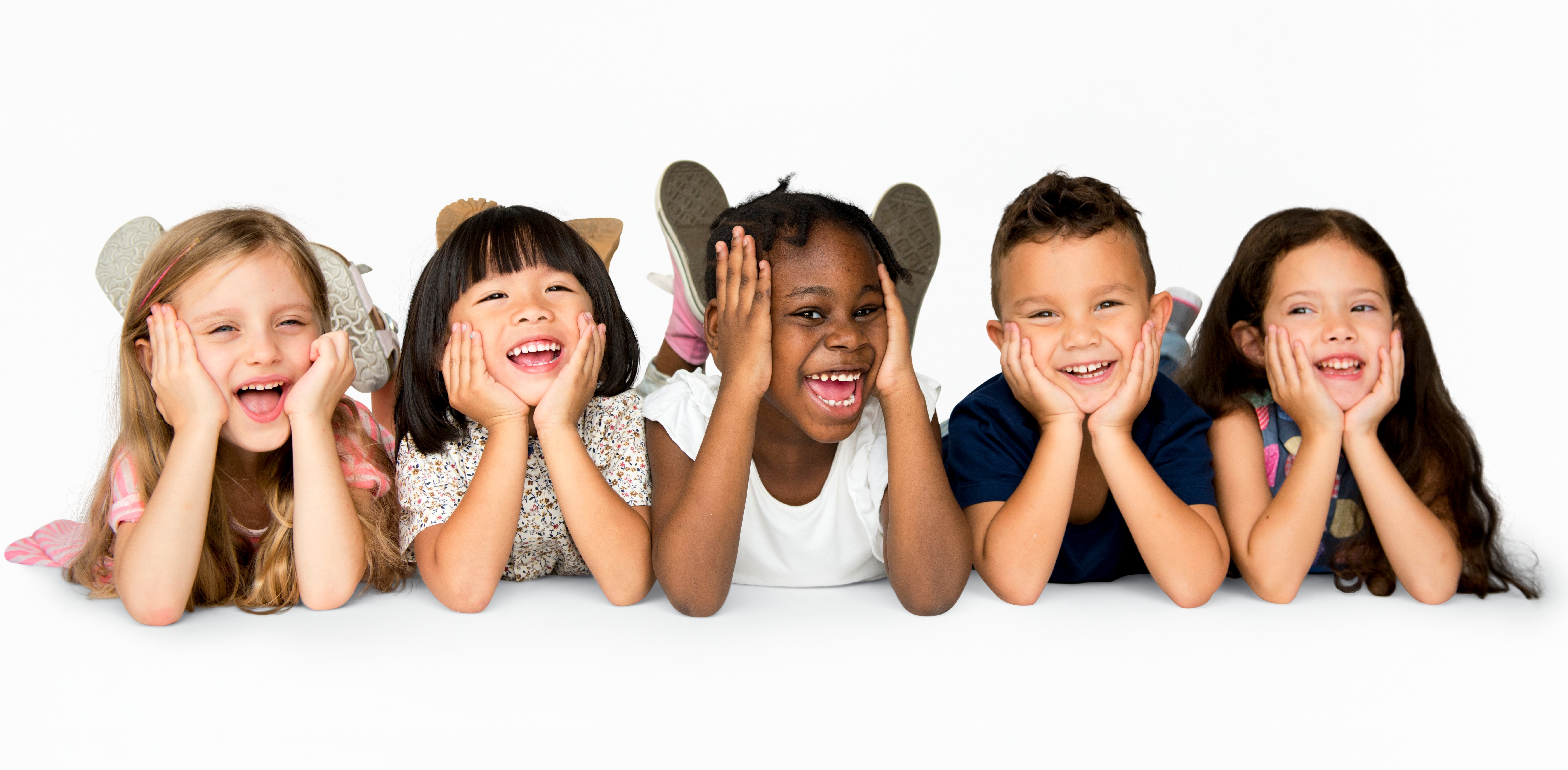Culturally Sensitive Classrooms

Culturally Sensitive Classrooms
Did you know that virtually all aspects of #child_development and parenting are informed by culture? Culture influences who, when, and how to care for children, what parents expect of children, and which behaviors parents should encourage and reward or discourage and punish.
Children build their basic sense of trust, security, and stability on cultural foundations learned at home. Therefore, continuity, consistency, and respect in the early care environment for cultural foundations are essential to children’s growth. As educators, we must look at developing cultural competence and celebrating all Cultures in the Classroom.
How to improve our cultural competence.
Learning more about other cultures and being aware of current events is often key to learning about various cultural groups’ points of view. When working with people from different cultural backgrounds, it can be useful to learn about their culture’s practices, values, and beliefs. Identify the Strength in Differences: Cultural Diversity exists in all situations.
Reflecting critically on our biases and prejudices helps to develop the skills necessary to effectively interact and engage with individuals whose cultural background is different from ours.
Cultural competency includes:
- active listening
- demonstrating empathy
- effective engagement
When we take the time to develop #cultural_competence and build a culturally sensitive classroom community, we are supporting children of all cultures while at the same time teaching them important lessons in respect, empathy, and compassion.
Characteristics of a Culturally Sensitive Early Childhood Environment
Culturally sensitive classrooms are early childhood classrooms that are designed to be inclusive and welcoming to children of all cultures. These classrooms are characterized by a number of features, including:
- A diverse staff: The staff of a culturally sensitive classroom is diverse, representing a variety of cultures and backgrounds. They understand the Diverse Perspectives in Child Care and support one another in their roles as caregivers. This helps to ensure that children see themselves reflected in the adults around them and that they have role models from different cultures.
- A diverse curriculum: The curriculum of a culturally sensitive classroom is diverse, reflecting the cultures of the children in the classroom. This helps to ensure that children learn about different cultures and that they see themselves represented in the curriculum.
- A welcoming environment: A culturally sensitive classroom is a welcoming environment for children of all cultures. This means that the classroom is free from bias and prejudice and that all children feel safe and respected.
- A focus on family involvement: A culturally sensitive classroom encourages family involvement. This means that families are welcome in the classroom and that their input is valued. It also means that families are supported in their efforts to help their children learn and grow.
#Culturally_sensitive classrooms are important because they help to ensure that all children, regardless of their culture, have the opportunity to learn and grow in a safe and supportive environment. These classrooms also help to promote understanding and respect for different cultures.
What can you do to create a Culturally Sensitive Classroom?
Here are some specific things that early childhood educators can do to create culturally sensitive classrooms:
- Learn about the cultures of the children in your classroom. This can be done by reading books, articles, and websites about different cultures. It can also be done by talking to children and their families about their cultures.
- Incorporate different cultures into the curriculum. This can be done by reading books about different cultures, singing songs from different cultures, and learning about different holidays from different cultures.
- Create a welcoming environment for all children. This means being aware of your own biases and prejudices and working to create a classroom where all children feel safe and respected.
- Encourage family involvement. This means making sure that families are welcome in the classroom and that their input is valued.
By following these tips, early childhood educators can create culturally sensitive classrooms that are welcoming and inclusive for all children.
Interested in learning more about developing culturally sensitive classrooms? Visit ChildCareEd and see our full list of trainings available to support early childhood educators.
- Classroom Designers ONLINE
- Sensitive Periods in Montessori: Guiding Natural Learning
- Supporting Social Learning: Creating Classrooms that Care
- Building Bridges for Dual Language Learners
- Creating Environments that Nurture Growth and Community
- Toddlers and Theories
- Working With Mixed Age Groups
- Writing Workshop Proposals & Assessments
- Family Voices Matter: Tools for Meaningful Collaboration
- Arizona and the CDA Credential
- Lesson Planning for Infants and Toddlers
- Cross-Cultural Toilet Training Practices
- How Can Culture Affect A Child’s Development?
- Culturally Sensitive Classrooms
- Home Visitor CDA Subject Area 7
- Culturally Responsive Teaching
- Promoting Diversity, Equity, and Inclusion in Child Care: A Guide to Culturally Responsive Teaching
- Shaping Futures with Early Childhood Education Training
- Mastering DAP: Key Practices for Early Childhood Educators
- 🧠 What Shapes a Child’s Strength, Confidence, and Emotional Growth?
- How the Illinois ECE Content Areas Strengthen High-Quality Early Childhood Programs
- 🌎 How Do I Support Diverse Families While Honoring Their Culture and Values?💜
- Speak with Confidence: Complete 9 Hours of Communication Training